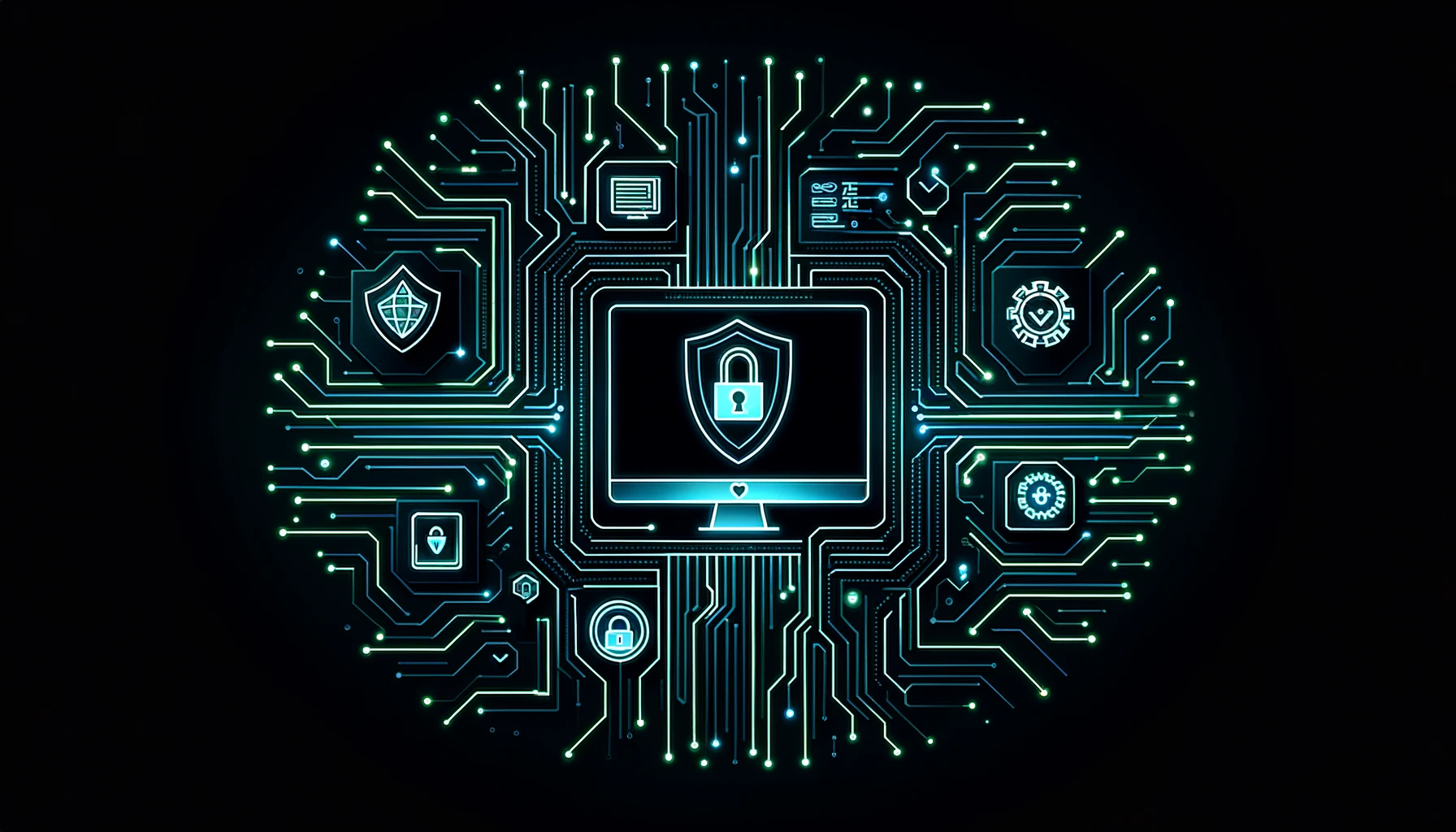Cloud Security
Cloud Security
Cloud security means using tools, policies, and best practices to keep cloud systems safe from hackers, data leaks, and other dangers. Cloud Security is about keeping your data, apps, and cloud services safe, whether they're in a public, private, or hybrid cloud. Some key parts of cloud security are encryption, Identity and Access Management (IAM), multi-factor authentication (MFA), and the shared responsibility model. This model shows who is responsible for what between cloud service providers and customers.
If you want to know more about services like penetration testing and vulnerability scans for cloud security, visit our Penetration Testing Services page.
Key Points
- Cloud Security Basics: Protecting cloud environments with encryption, IAM, and layered security (using multiple defensive measures like firewalls, network segmentation, and intrusion detection systems).
- Multi-Cloud Complexity: Managing security across several cloud providers is tricky and needs special methods.
- Common Cloud Security Threats: Risks include bad configurations, human mistakes, and attacks on cloud systems.
- Compliance Requirements: Following rules like GDPR and ISO helps improve cloud security.
- Human Factor: Mistakes by people are a big risk and can lead to cloud data leaks.
Related Terms
Key Concepts of Cloud Security
1. The Shared Responsibility Model
In cloud security, the responsibilities are split between the cloud provider and the customer. The cloud provider keeps the physical hardware and software secure, while the customer takes care of securing data, user access, and application settings.
For more details on managing shared responsibilities, check out our Cloud Security blog post.
2. Common Cloud Security Threats
- Misconfiguration: One of the biggest reasons for cloud breaches is mistakes in cloud settings, such as leaving storage buckets open, making sensitive data easy to access by attackers.
- Data Breaches: Hackers gaining access to steal data. Learn more about real-life examples in 7 Devastating Cases of Cyber Attacks.
- Human Error: Mistakes by employees, like misconfiguring settings or mishandling data, can lead to vulnerabilities.
- Insider Threats: Someone inside the company misusing their access. Conducting phishing simulations regularly helps identify risky behaviors.
3. Cloud Security Solutions
- Encryption: Encrypting data is crucial for securing it when it's stored or being sent somewhere. Learn more about encryption techniques here.
- Multi-Factor Authentication (MFA): Adding extra verification steps makes it harder for attackers to access accounts, even if they have a password.
- Identity and Access Management (IAM): IAM frameworks help control who can access different parts of the cloud. Read more about IAM in our Identity Provider glossary article.
Multi-Cloud and Hybrid Cloud Security Challenges
Multi-cloud environments use more than one cloud service (like AWS, Azure, or GCP). This adds more challenges since each cloud provider has different security features. It’s important to create a unified plan to keep things secure.
Hybrid cloud setups combine private and public cloud features. These setups are popular because they offer flexibility and allow organizations to optimize resource use, benefiting from both private security and public scalability. This gives flexibility but also makes integration a challenge. It’s important that both environments talk to each other securely and that all access controls are in place to avoid breaches.
Cloud Security Compliance and Governance
Cloud environments need to follow several compliance standards, depending on the industry. Important standards include:
- General Data Protection Regulation (GDPR): A rule in Europe that protects personal data.
- ISO/IEC 27001: Standards for managing information security.
- SOC 2: A report that shows controls for security, availability, and confidentiality.
Tips for Effective Cloud Security
- Use Encryption Everywhere: Always encrypt data, whether it’s being stored or being sent, using strong encryption methods like AES-256 to keep it safe from hackers.
- Regular Security Audits: Regularly check your security to find weaknesses and stay compliant.
- Adopt Zero Trust Security: Use a zero trust model that checks every person or device trying to connect before giving access.
- Train Employees: People often make mistakes that lead to data breaches. Run security awareness training to help employees spot threats.
To learn more about secure development practices, explore our DevSecOps Explained guide.
FAQ
This includes data encryption, access controls, network security, and compliance standards.
Cloud security must take into account the specifics of cloud environments, such as the shared responsibility between cloud service providers and customers.
With the right security measures in place, the cloud can be very secure, but it depends on the type of security controls implemented and the service provider.




































